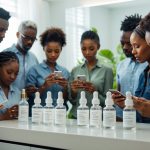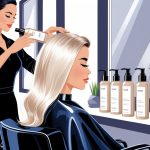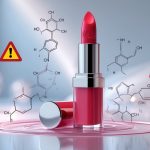Luxury Skincare Claims Suddenly Under Fire as New Study Shows Gaps
So, Guerlain’s Orchidée Impériale Gold Nobile—yeah, that one, $740 for a 50ml jar—claims “quantum science” levels of results. Quantum science? For a face cream? I can’t even keep a straight face. I had this one client, she dropped half her paycheck on “age-defying” creams, and six months later? Still had the same fine lines, only now she was broke and annoyed. And now there’s this big-deal study making the rounds—apparently, luxury skincare claims are mostly smoke and mirrors. If you’ve ever squinted at “born from scientific breakthrough” and rolled your eyes, congrats, you’re not the only skeptic in the room. Apparently, the gap between what these brands promise and what science says is, uh, not small.
Cosmetic claim consultants keep warning brands that buyers aren’t dumb—nobody’s shelling out $500 for “magic in a jar” if it’s just glorified moisturizer. My dermatologist pal? She literally snorted at the last “serum breakthrough” ad and muttered something about how “actives” need to prove themselves in actual trials, not just in some marketing PowerPoint. It’s awkward, too, because my feed is just influencer after influencer hyping $200 creams with ingredient lists that look suspiciously like the $15 stuff at CVS.
I can’t have a normal skincare chat anymore without someone dropping “eco-friendly,” “personalized,” or “quantum technology” into the mix. What does any of that mean? No one ever explains. Brands treat “science” like a Pinterest hashtag, but lately, real experts are starting to call them out on their nonsense.
Background: How Did We Get Here, Anyway?
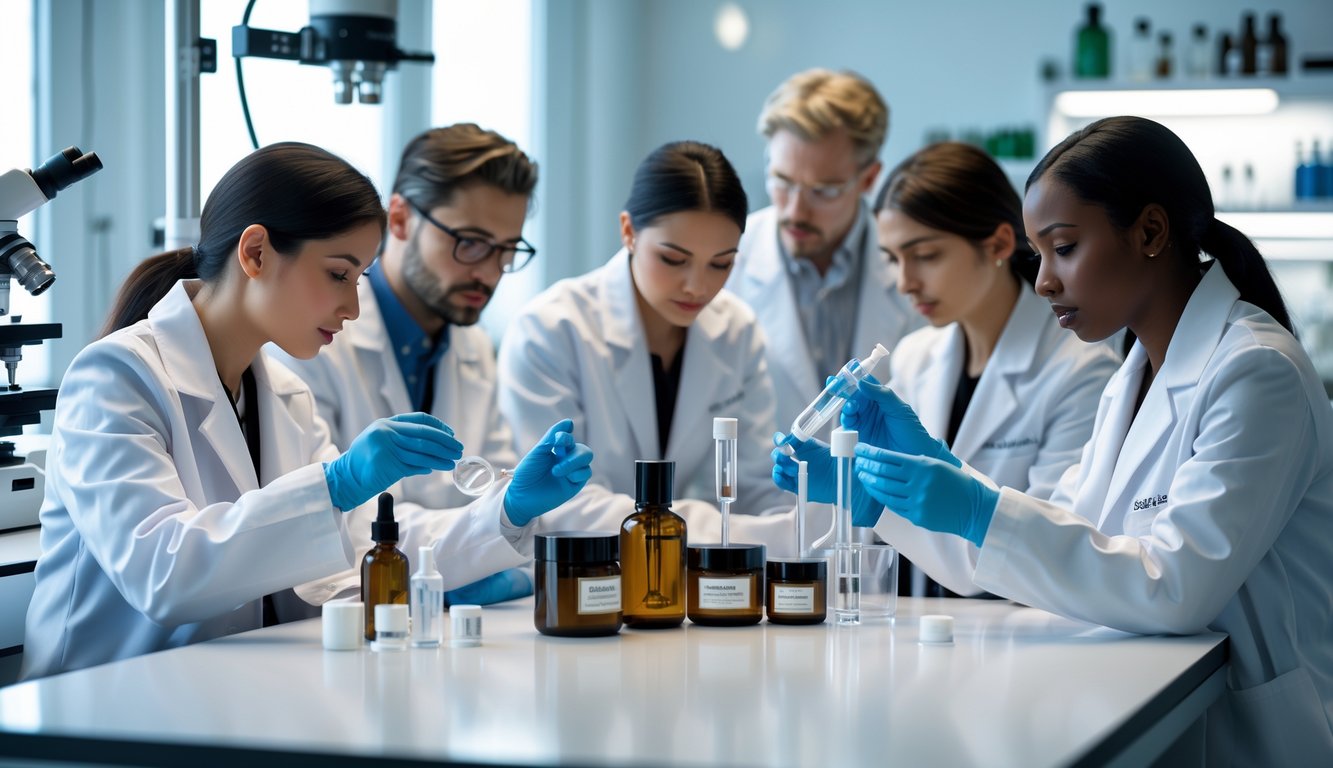
Trying to keep up with the flood of “clinically proven,” “miracle,” “clean beauty” claims—honestly, it’s exhausting. Every brand wants to sound like they have a Nobel Prize in moisturization. Remember when “brand loyalty” meant something? Now TikTok teens break down ingredient lists better than half the dermatologists at conferences.
Marketing: The Real Skincare Ingredient
Back in the day, people stashed Crème de la Mer in their cabinets and called it a day. Now? You can’t scroll for five seconds without a $200 moisturizer ad screaming about “polypeptide complexes.” Luxe packaging does most of the convincing—those heavy glass bottles, all that frosted glass, screaming “trust us” from your bathroom shelf. The NPD Group’s 2024 report said 71% of luxury skincare buyers admit “premium branding” and marketing claims are why they fork over the cash. Seventy-one percent! If you care about consumer trust, that’s kind of wild.
Dermatologists, influencers, hair stylists—everyone’s in on the act. Sometimes I think the whole industry just copies the same “scientifically advanced” tagline and hopes nobody notices. Every year’s “miracle” is a new ingredient: peptides, ceramides, niacinamide. If it’s not on your label, are you even a real brand? And “active”—what even is that? There’s no actual regulation. Also, don’t get me started on “dermatologist recommended.” I called my own derm last spring just to ask, and she couldn’t stop laughing.
Skincare Trends: Hype, Hope, and Shrugging
People seem convinced the next jar will grant immortality—or at least, Instagram-ready skin. Anti-aging serums, overnight masks, DNA repair boosters. The pandemic made it worse—“skinimalism” one week, ten-step routines the next, all tracked obsessively on social and hyped by brands promising you’ll be “exclusive” if you just buy one more thing. Subscription boxes? Mintel said they shot up 23% last year. Half the time it’s not about what’s inside, it’s the label—French vineyards, “sustainably harvested” algae, whatever.
Now, if a serum isn’t “eco-certified,” pipetted in a lab, and hyped by five influencers, nobody cares. Modern buyers read ingredients, double-check sustainability, demand clinical results—then buy anyway, knowing they’ll probably be disappointed. I met a luxury brand rep at a beauty expo who swore their peptide cream was “proven in third-party clinical trials.” Searched for the studies—found a single five-person pilot. Is that science? Is anything ever settled? Evidence is either paywalled or buried in legalese. SPF 30 works fine, by the way—if you remember to reapply, which, let’s be honest, I always forget. But hey, it’s the claim that sells.
Looking at the Study: Spoiler, It’s Not Pretty
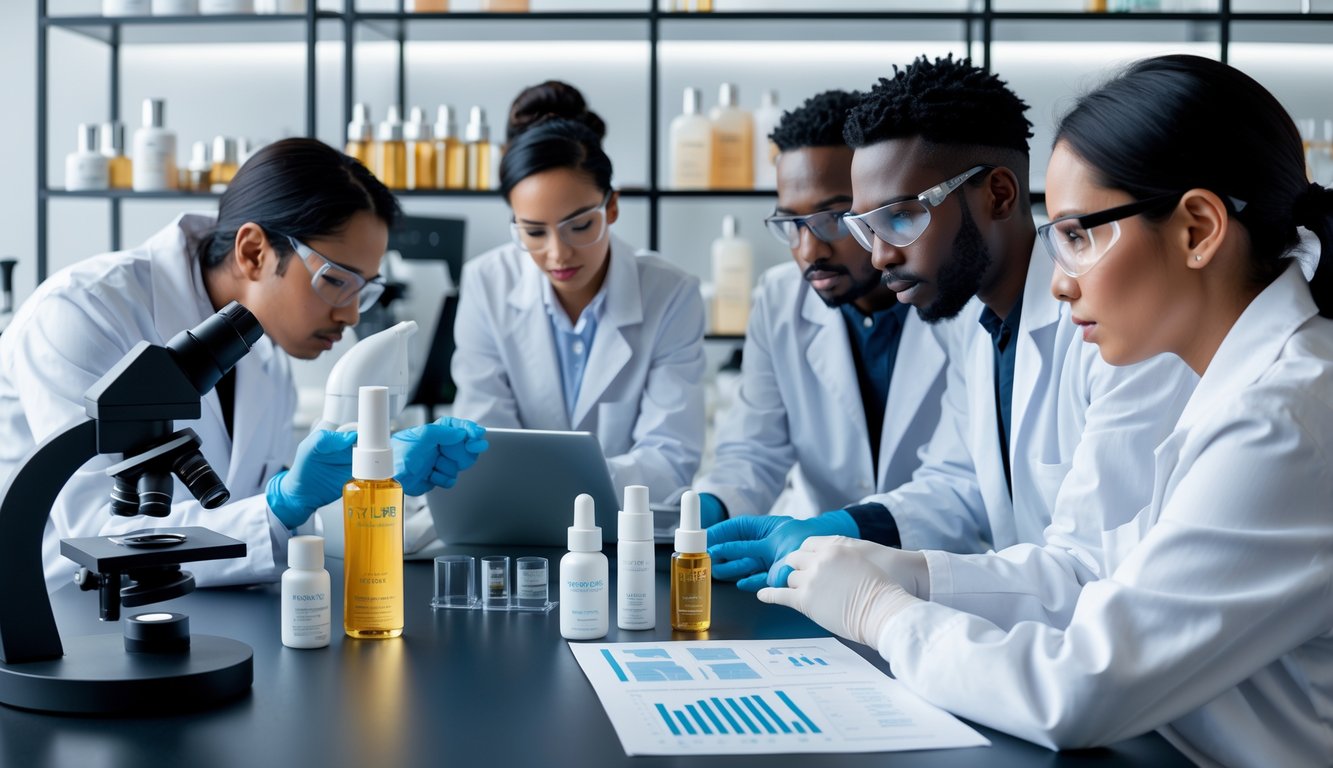
Why does every “clinically proven” label sound like a recycled ad? Turns out, most promises don’t hold up. A new study out of Valdosta State University (thanks, Journal of Global Fashion Marketing) just tore into the claims, and—yeah, most of them are somewhere between wishful thinking and straight-up fiction. I can’t keep pretending my night cream is magical, so let’s just get into it.
Study Results: Oof
Over 80% of cosmetic claims the study checked were either “not truthful” or “too vague.” Four out of five times you buy something labeled “scientifically tested,” it’s marketing fluff. Dr. Seo from Valdosta said “clinically proven” is tossed around so loosely, it’s basically the “new and improved” of skincare.
Ingredient lists? They’ll brag about peptides, antioxidants, non-comedogenic formulas—but rarely cite anything real. When the study actually checked claims, only about 18% survived scientific scrutiny. Eighteen percent! That’s barely better than flipping a coin, or letting your dog pick products. At least the dog is cute.
And those luxury price tags? They don’t mean the claims are any better. Some $500 face creams just have fancier fonts and the same sketchy “visible results” nonsense. At this point, reading a label feels like reading horoscopes. My star sign “promises” radiant skin too, and it’s just as “clinically proven.”
Where Brands Flop
Brands cherry-pick results, then spin them into headlines. “Reduces wrinkles by 45%!”—but was that on three people? One? Was the “study” just a week of selfies? Fine print is basically invisible unless you have a magnifying glass.
Talking to cosmetic formulators, I learned the confusion is even deeper than I thought. Most claims hide behind phrases like “helps rejuvenate appearance.” What does that mean? The Journal of Global Fashion Marketing said brands almost never cite peer-reviewed studies or independent data. I’d love a simple table comparing real science to marketing, but even that’s probably wishful thinking.
Nobody really demands oversight. Claims only get challenged if a competitor wants to stir up trouble. Regulation lags so far behind pharma, marketers can say pretty much anything, and my skin’s left sorting out the mess one suspicious slogan at a time.

